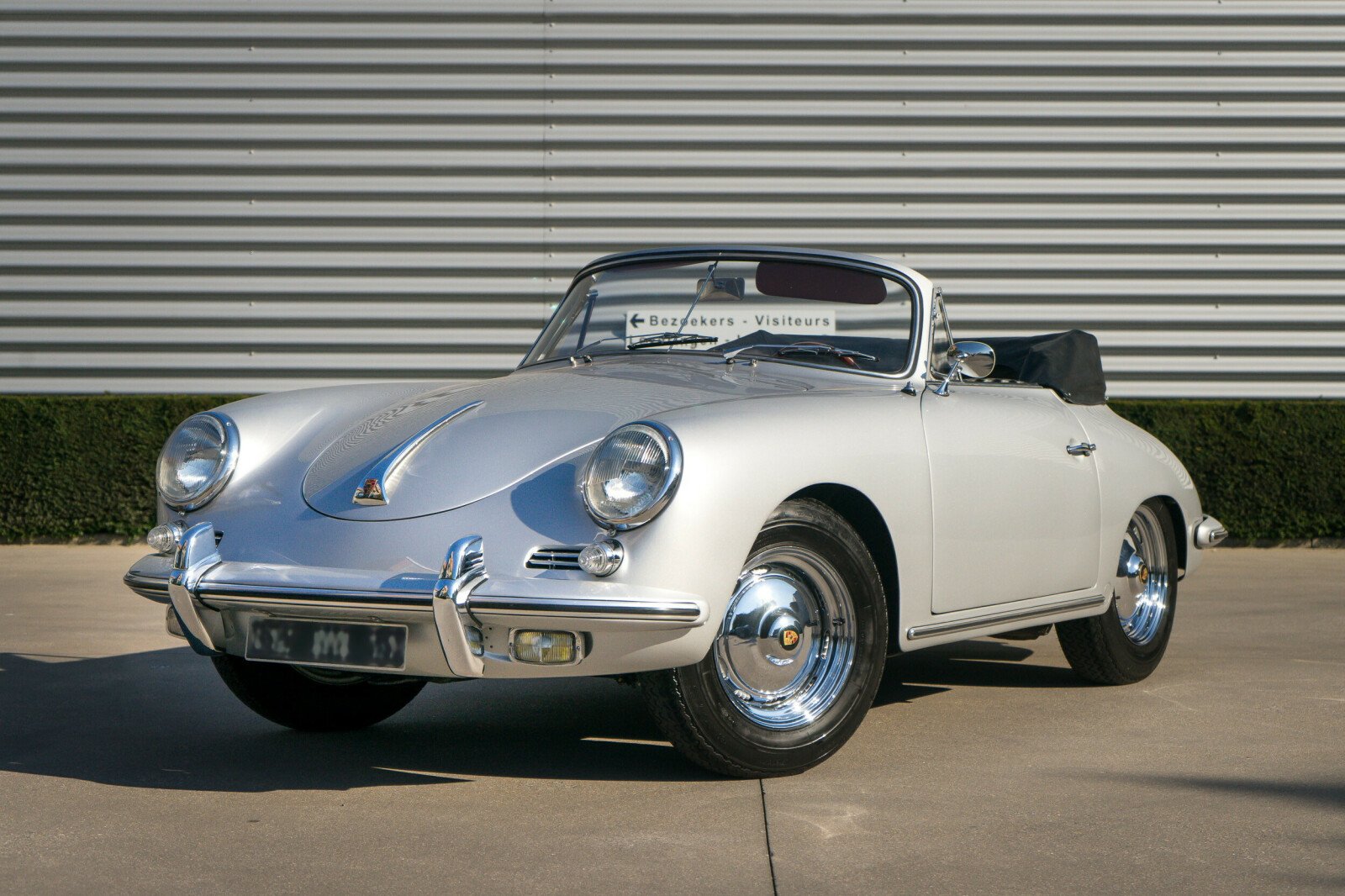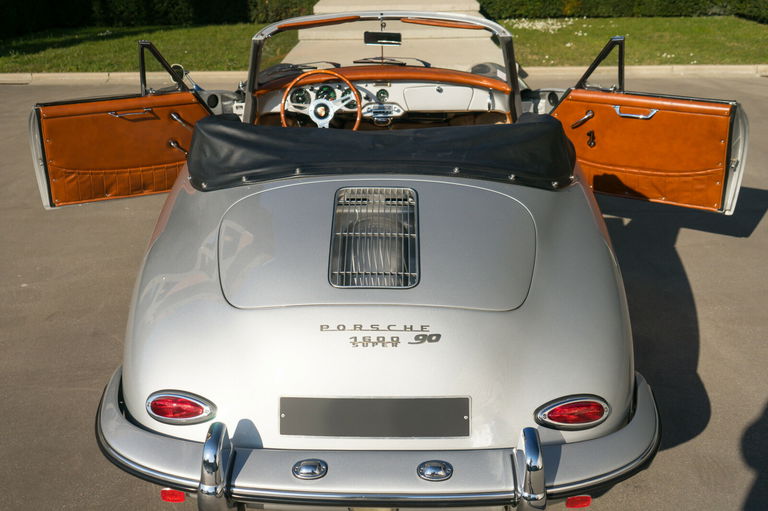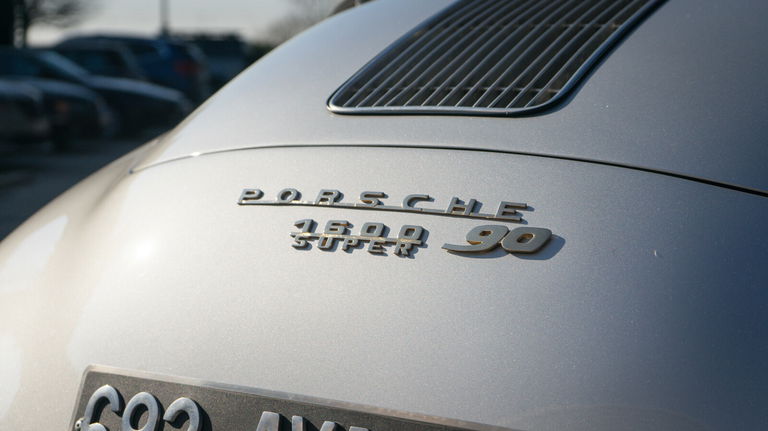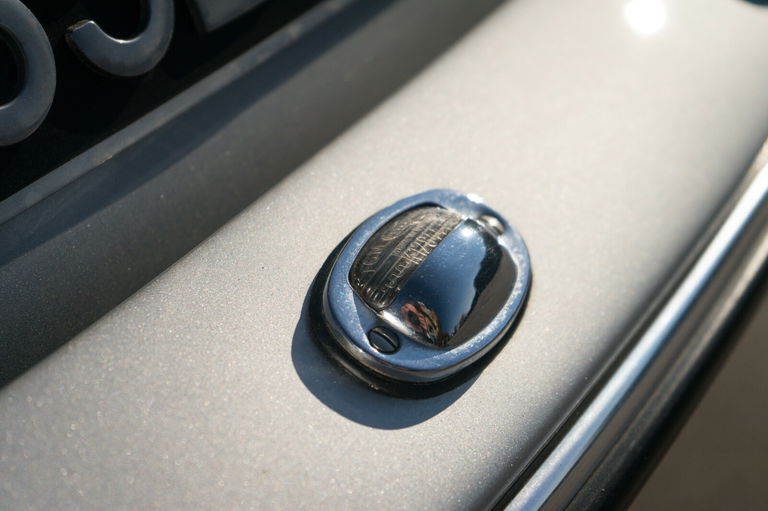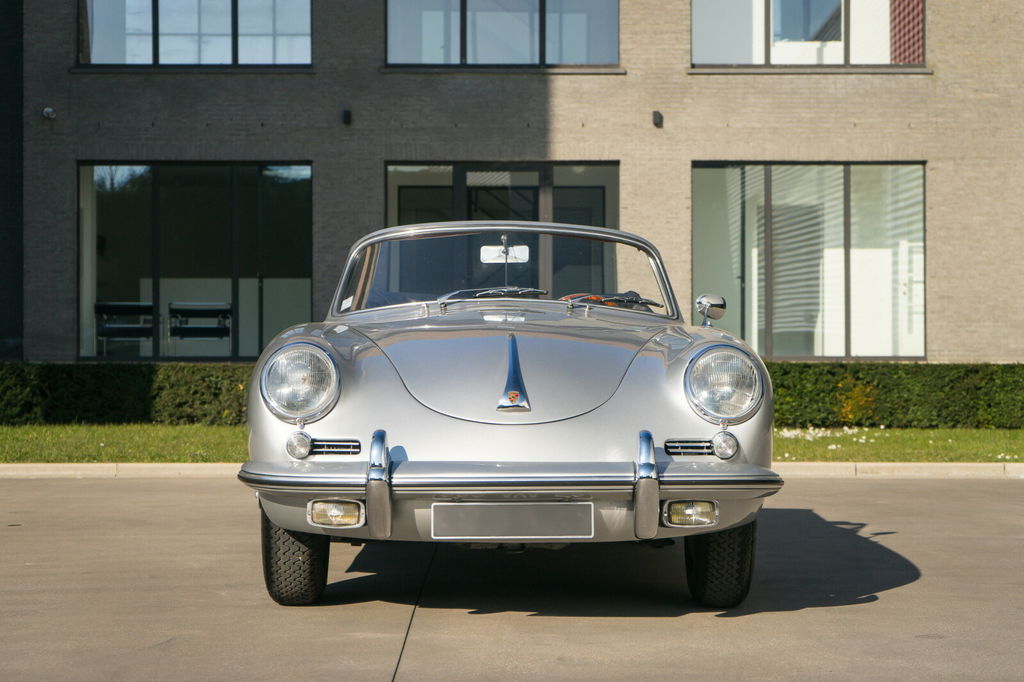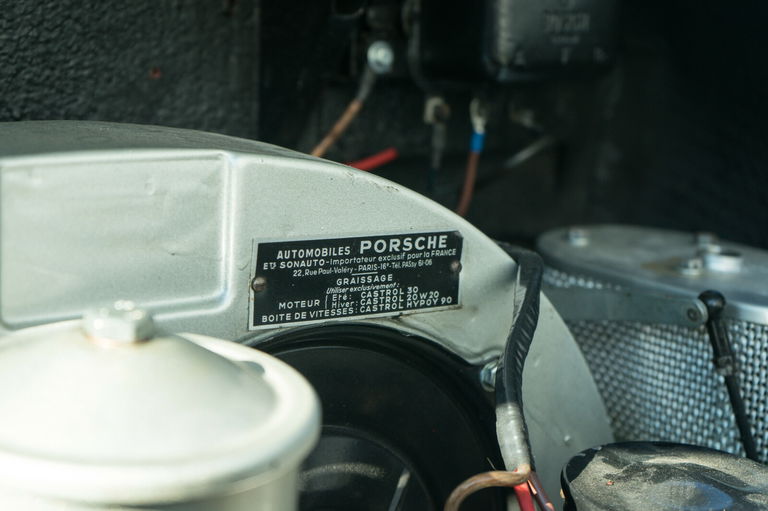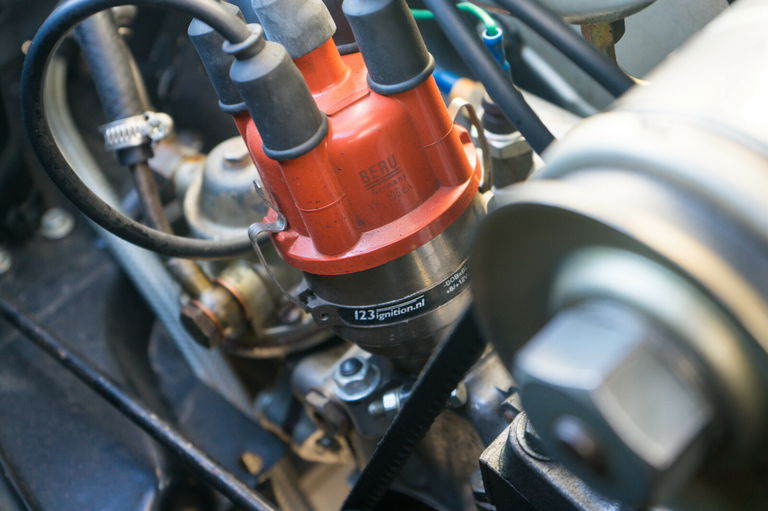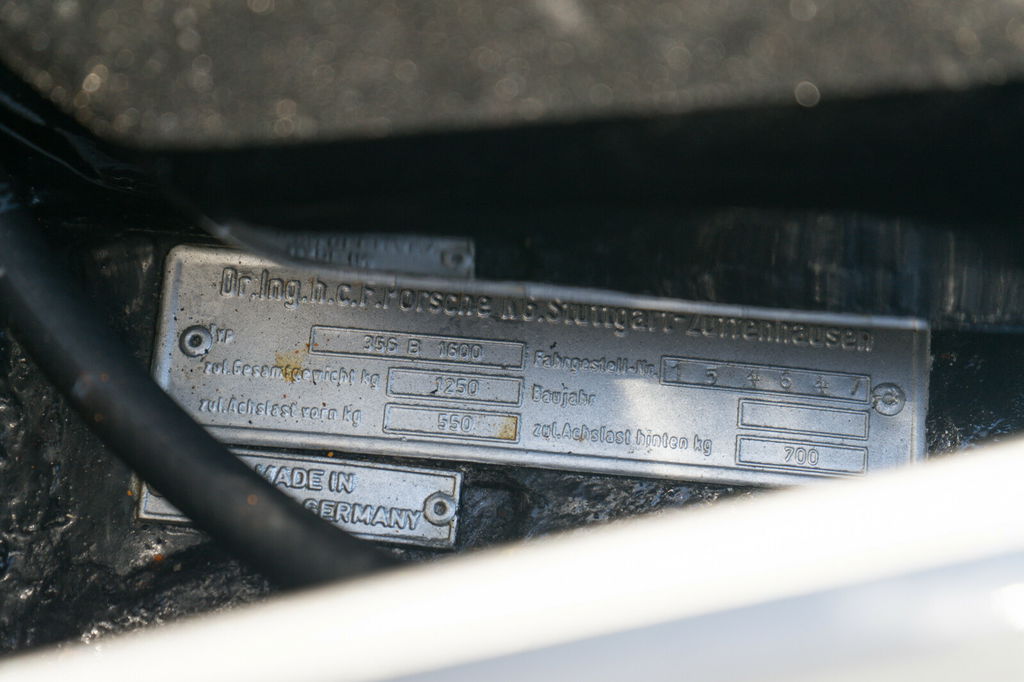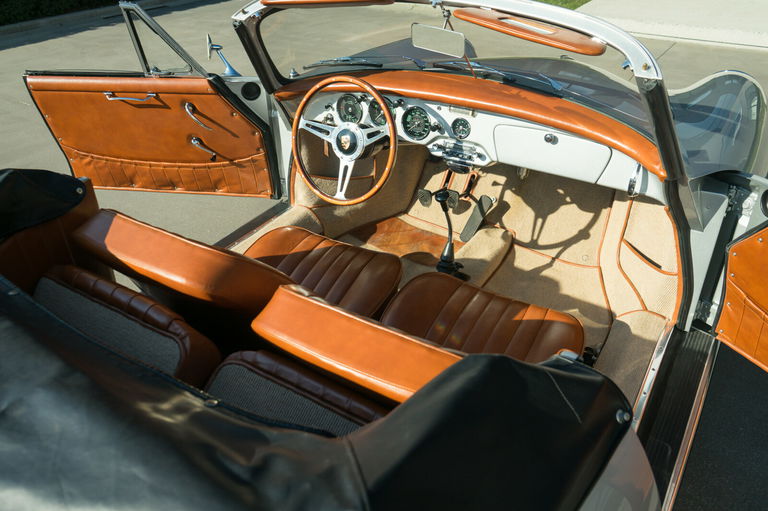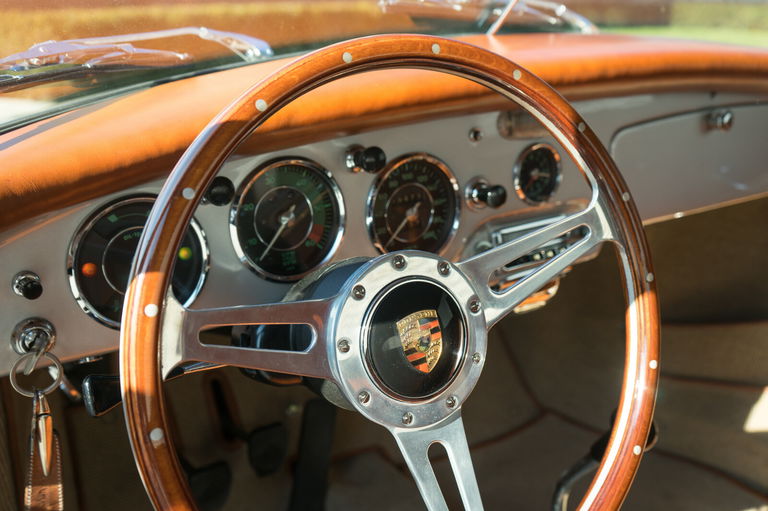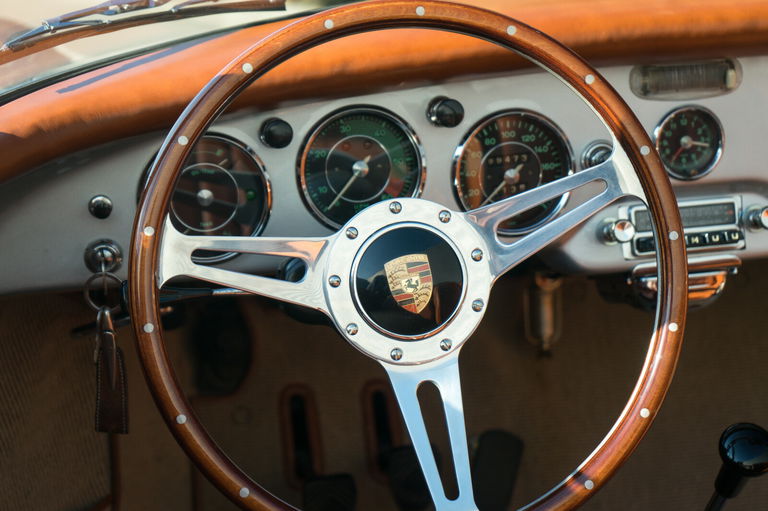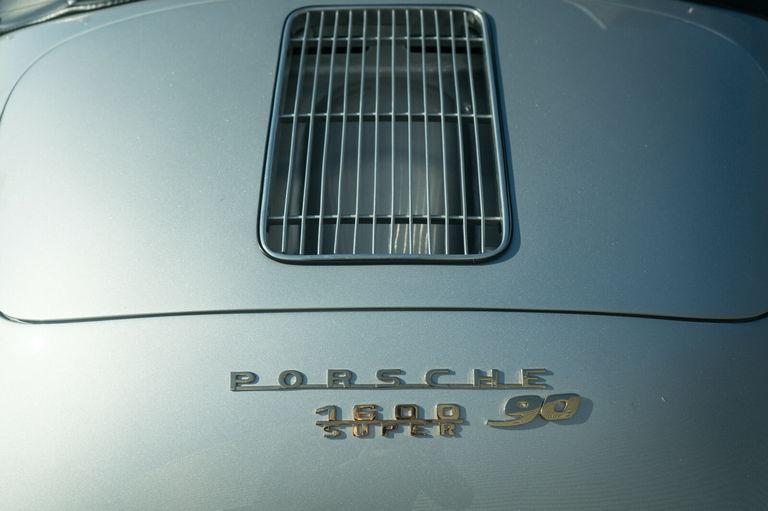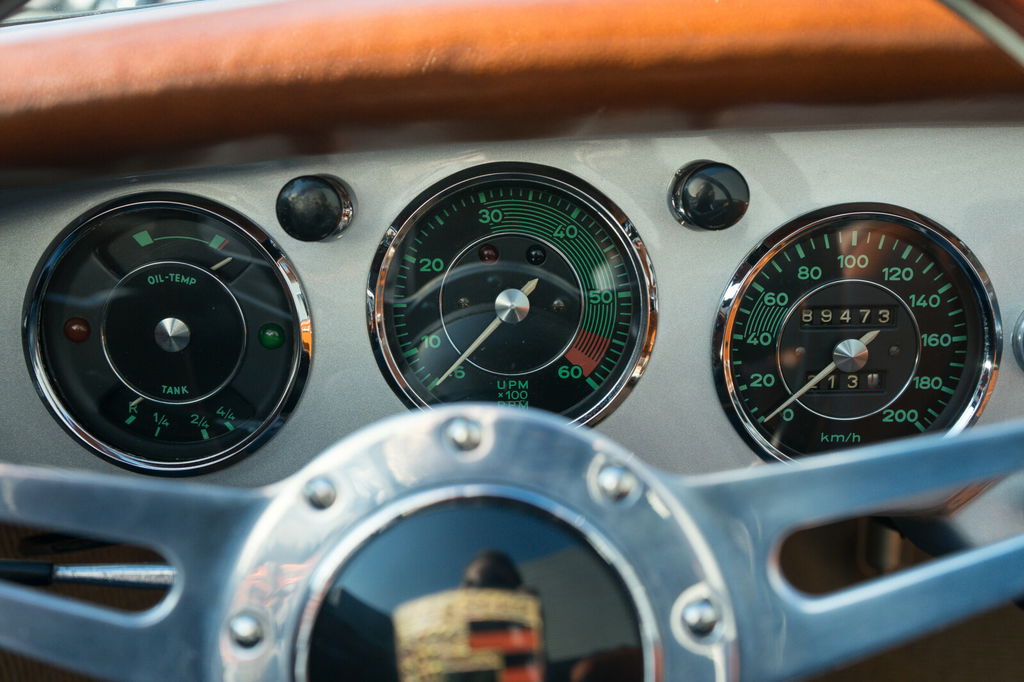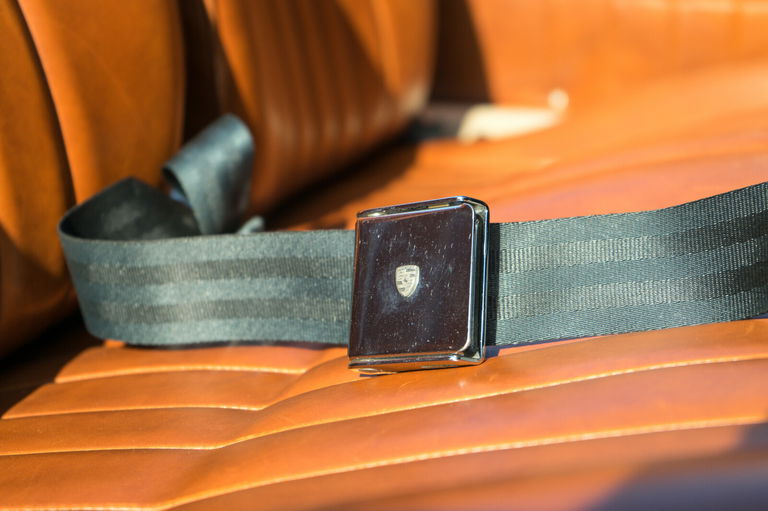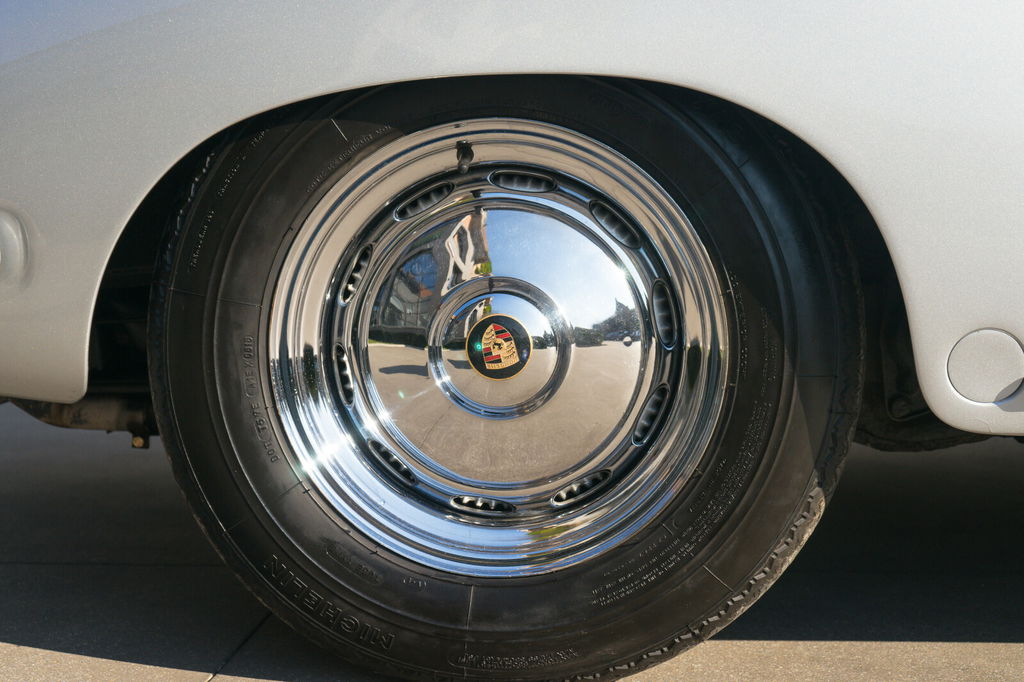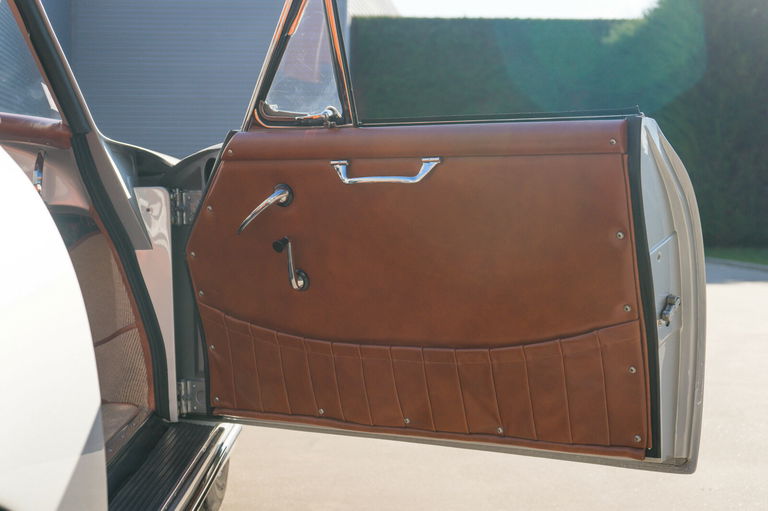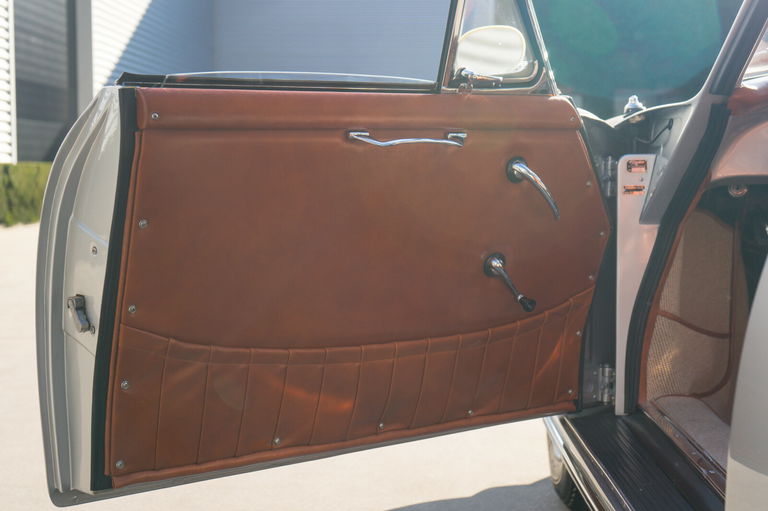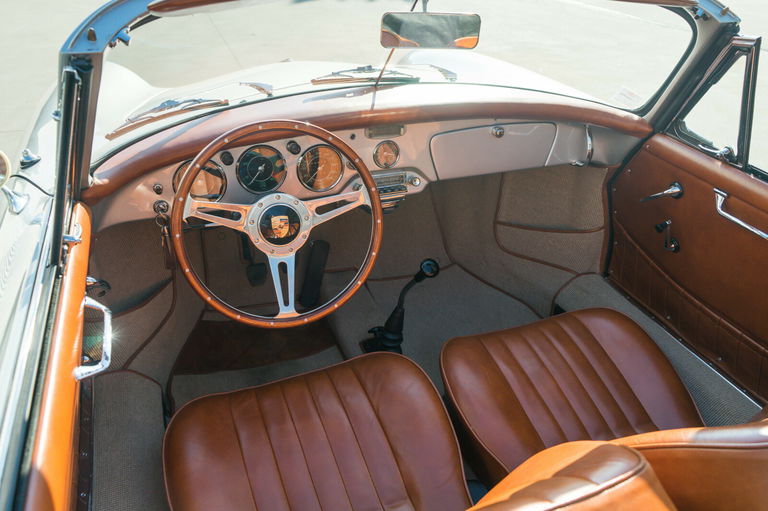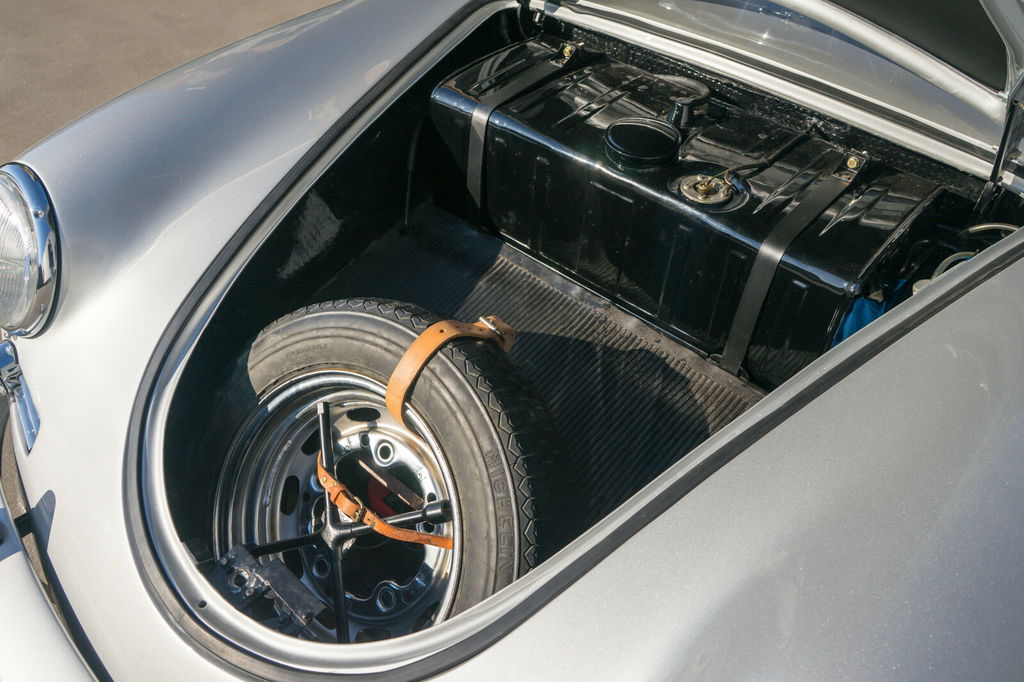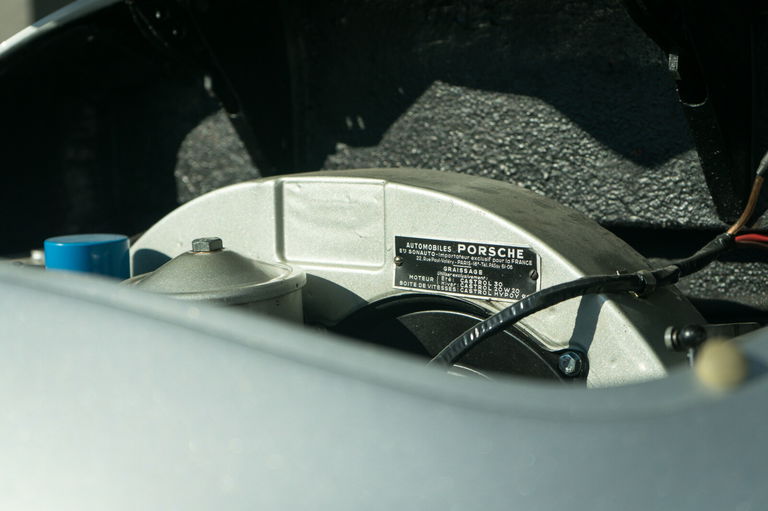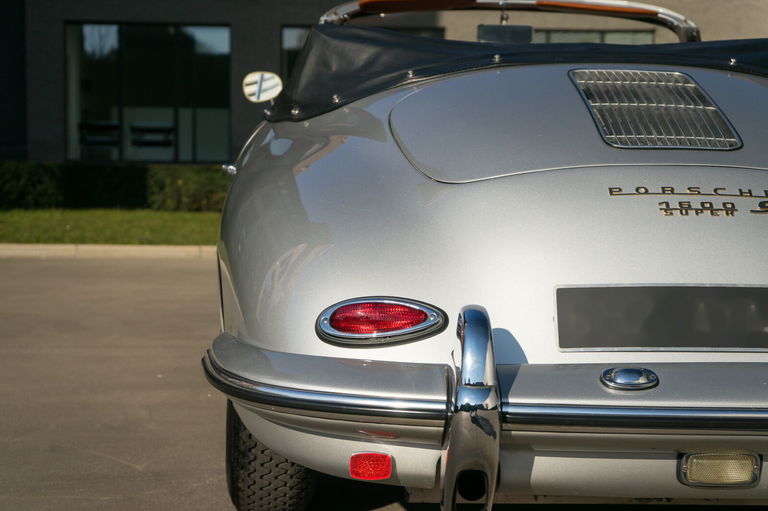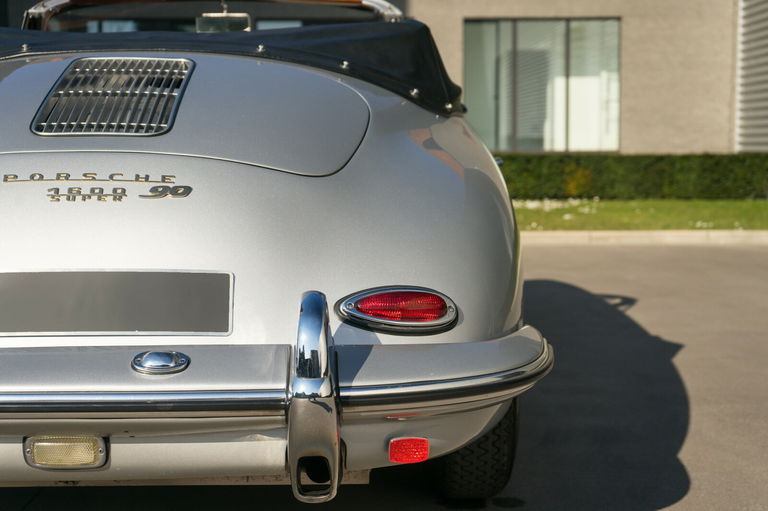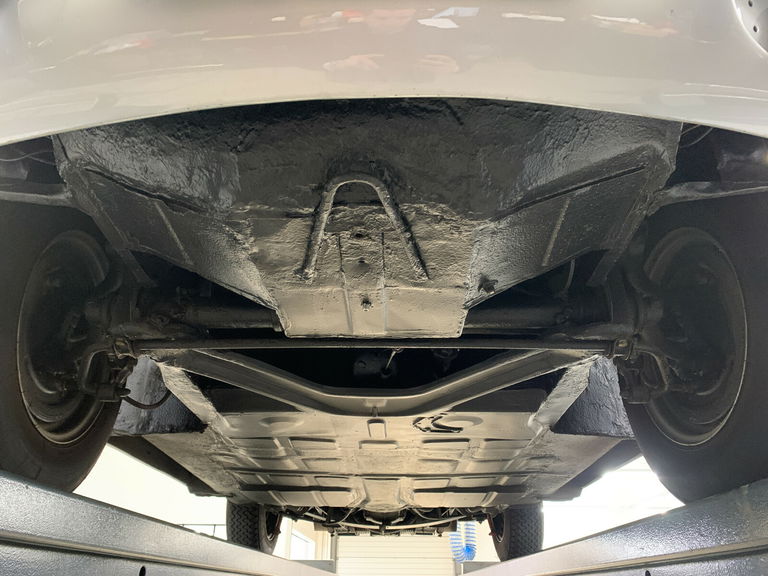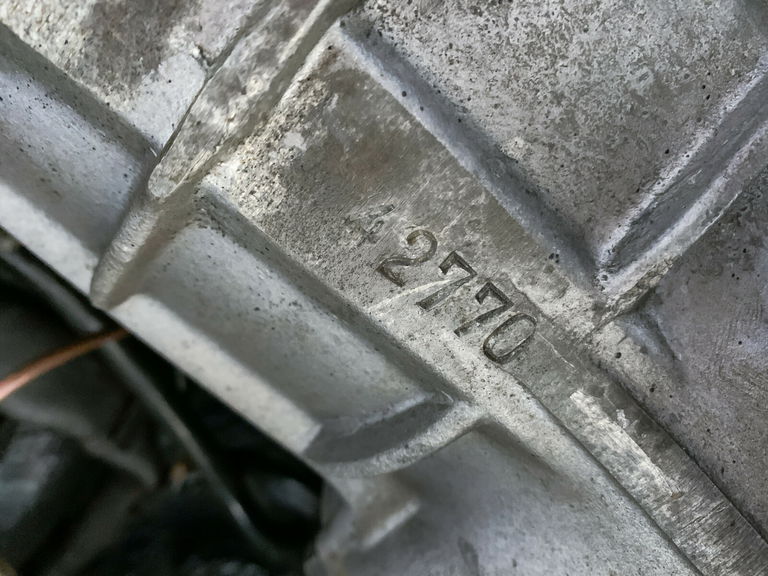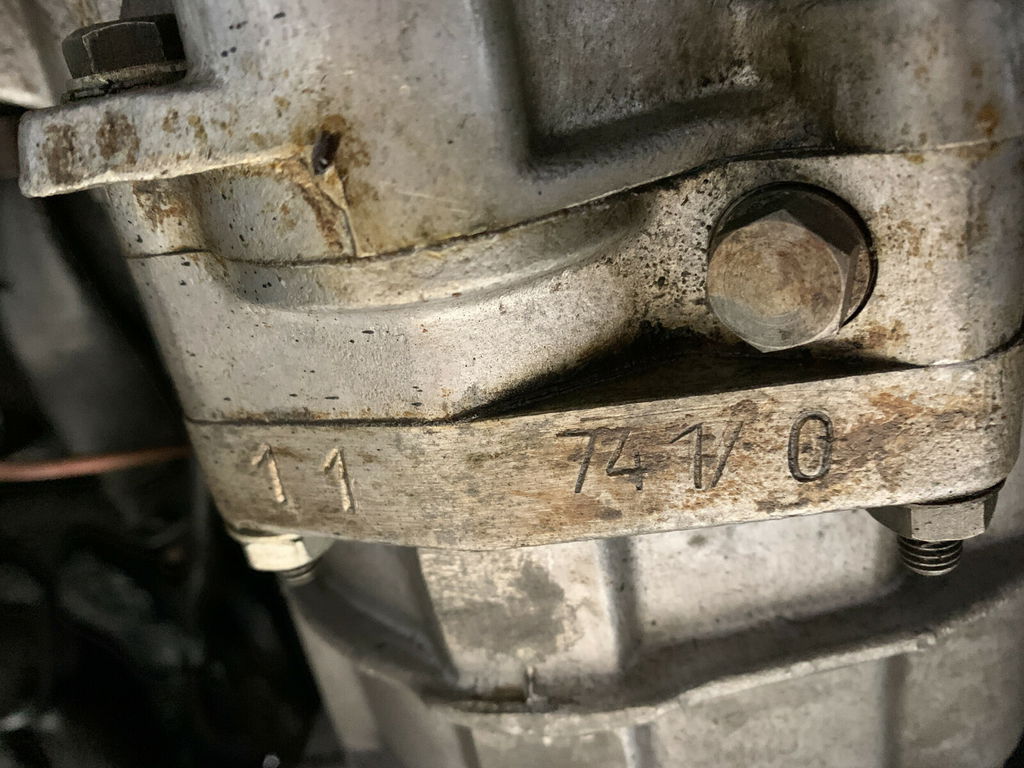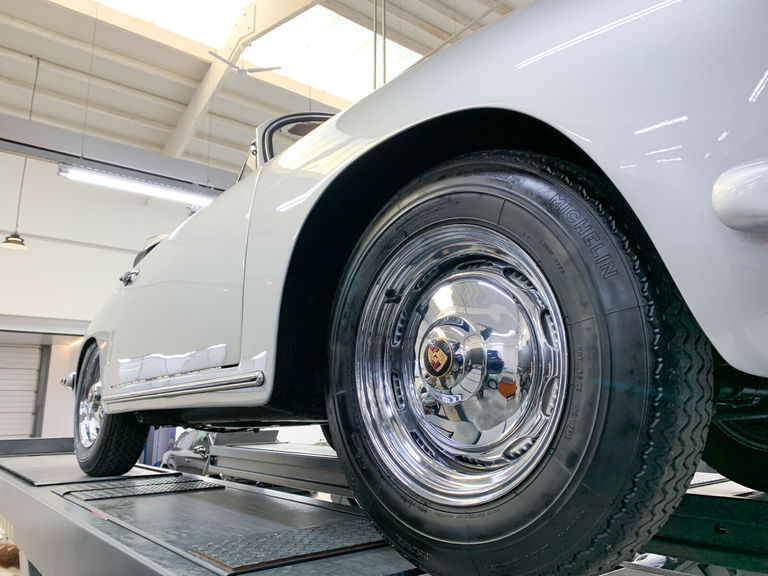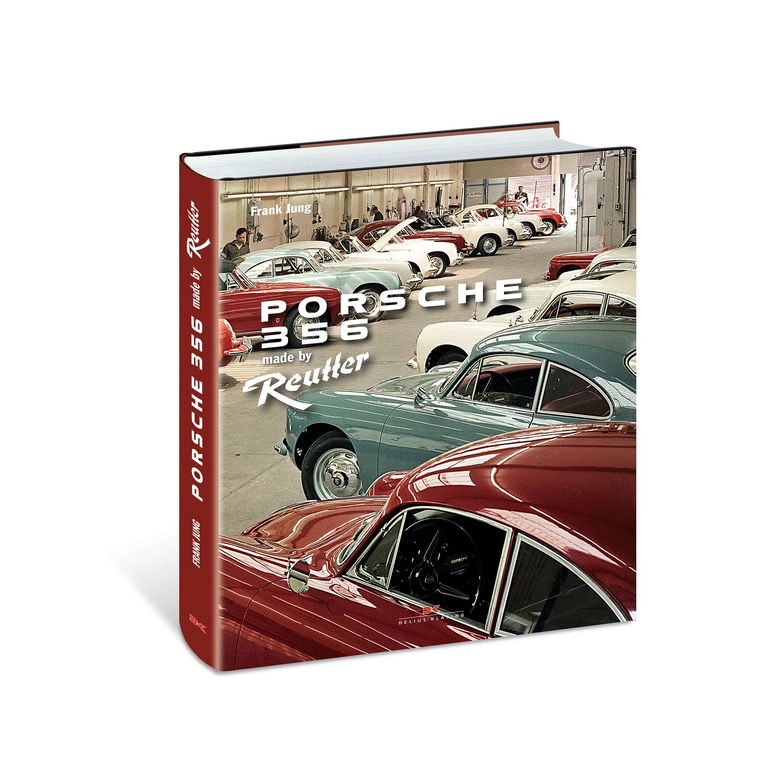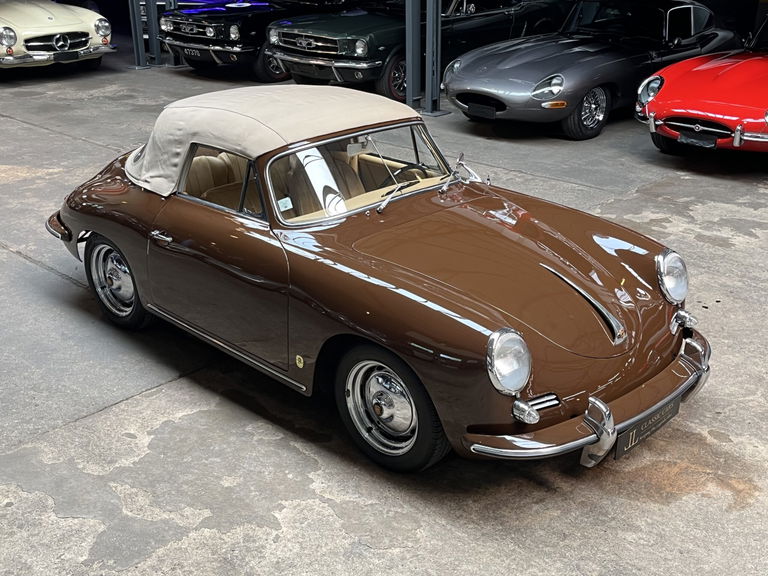This cabriolet features a brand-new, tightly fitted German canvas soft top and the original leatherette cover. The interior has been refinished in brown leather with correct period carpets and other materials. There are several invoices on record indicating these restoration works.
Though its earliest history is unknown, the car was fully restored and presents beautifully. The Porsche certificate comes with the car. The current owner bought the car in 2002 and has privately owned the for 20 years! During these 2 decades, several works were carried out to keep the car in top condition at all times.
Not surprisingly, this Porsche 356B Super 90 is reported to perform as well as it looks and is certainly bound to be admired at any Porsche event or a classic sports car rally that the new owner chooses to enter. The car currently has French registration.
THE 356
The Porsche 356 Roadster, Cabriolet and Speedster debate is never-ending. While the Speedster has the dashing profile, the Roadster and Cabriolet are far more usable and durable. If you are more practical or live outside the Sun Belt, these two, with real tops and roll-up windows, make more sense. And if you want a truly weather-proof convertible, the insulated Cabriolet is an even better choice.
The mechanical upgrades at the introduction of the 356B series also help to make these cars more enjoyable to drive. Nonetheless, the market has long chosen the Speedster – in spite of nearly twice as many being produced – as more valuable. This has the effect of putting Roadster and Cabriolet buyers literally in the driver’s seat, if they’re looking for something more substantial.
The 356 was designed by Ferry Porsche back in 1948, making use of the Volkswagen platform designed by his father. It was instantly competitive in all forms of racing, from hill-climbs to long distance rallying, and a works car won the 1,100-cc class at Le Mans in 1951. In so doing, it set a pattern that would produce some of the greatest racecars of the 20th century, and the lessons learned on the track were applied to accompanying Porsche road cars.
The American fascination with Porsches took off when importer Max Hoffman brought 15 special roadsters to the US in 1954. These became known as Speedsters, and their bare bones construction was intended to make the price appealing. It did: the Speedster took off in the U.S. with 4,044 being sold between 1954 and 1958.In 1959, the Reutter-bodied Roadster was replaced by the more sophisticated Convertible D. This boasted a taller windshield, windup windows and a respectable top that fit better and didn’t give the occupants the impression of peering out of a mailbox. Again, the accompanying Cabriolet offered even more creature comforts.
The 356B arrived in 1960, with 15-inch wheels, heavier and taller bumpers and a revised slope to the hood. Headlights were moved up to the top of the fender, with amber parking lights below them and brake vents below the bumper. There were three stages of engine tune: 70 horsepower, the 90 horsepower Super, and the 115-hp four-cam Carrera.
The car is offered on behalf of the customer.
